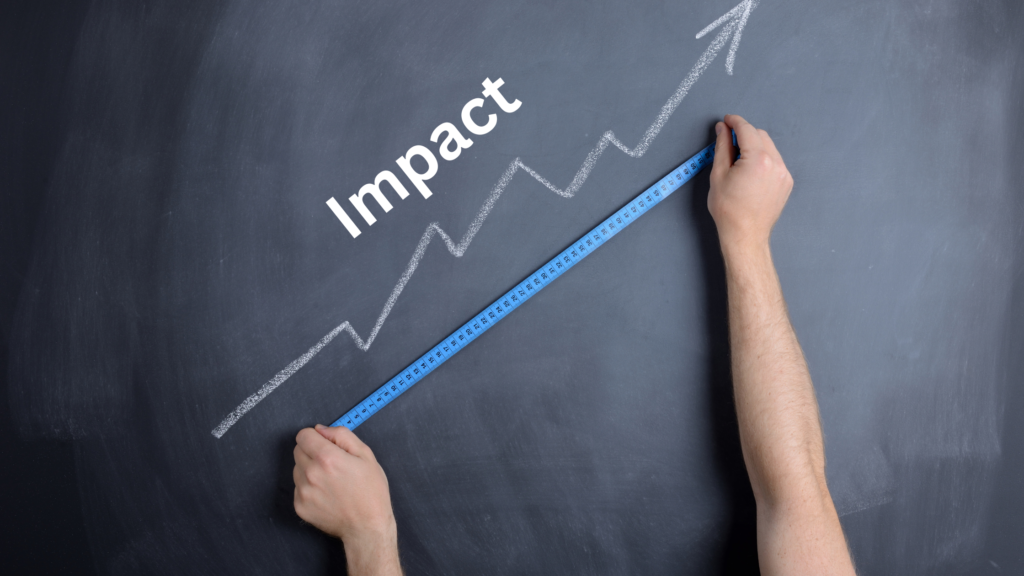Effective Frameworks for Measuring Social Impact
Measuring social impact is essential for organizations like Bottom Billion Corporation (BBC) to ensure that their initiatives are driving meaningful change and contributing to sustainable development. Accurate and comprehensive measurement allows organizations to assess the effectiveness of their programs, optimize resource allocation, and communicate their achievements to stakeholders. This article explores various frameworks for measuring social impact, highlighting their importance, methodologies, and best practices for implementation. The Importance of Measuring Social Impact Accurately measuring social impact is crucial for several reasons. It helps organizations to: Key Frameworks for Measuring Social Impact Several established frameworks provide methodologies for assessing social impact. Each has its strengths and applications, making them suitable for different contexts and objectives. 1. Theory of Change (ToC) The Theory of Change framework outlines how and why a desired change is expected to happen in a particular context. It maps out the logical sequence of events leading to the intended impact. 2. Social Return on Investment (SROI) SROI is a framework that quantifies social impact in monetary terms, comparing the value of social, environmental, and economic outcomes to the investment required to achieve them. 3. Impact Management Project (IMP) The IMP framework provides a structured approach to measuring, managing, and optimizing impact, focusing on five dimensions: what, who, how much, contribution, and risk. 4. Balanced Scorecard (BSC) The Balanced Scorecard framework integrates financial and non-financial performance measures, helping organizations align their activities with their mission and strategy. Best Practices for Implementing Social Impact Frameworks To effectively measure social impact, organizations should follow best practices to ensure accurate, reliable, and meaningful assessments. Define Clear Objectives Before implementing a framework, organizations must define clear and measurable objectives. This involves identifying the specific social impacts they aim to achieve and the metrics that will be used to measure success. Engage Stakeholders Engaging stakeholders in the measurement process is crucial for gaining insights, ensuring relevance, and building support. Stakeholders can provide valuable feedback on the impact of programs and help identify areas for improvement. Use Mixed Methods Combining quantitative and qualitative methods provides a more comprehensive view of social impact. Quantitative data offers measurable evidence of impact, while qualitative data provides context and deeper understanding. Continuously Monitor and Evaluate Ongoing monitoring and evaluation are essential for tracking progress, identifying challenges, and making informed decisions. Regularly reviewing and updating impact metrics ensures they remain relevant and aligned with organizational goals. Report Transparently Transparency in reporting social impact builds trust with stakeholders and demonstrates accountability. Clear and honest communication about successes, challenges, and lessons learned is vital for maintaining credibility and support. Success Stories in Measuring Social Impact Effective measurement of social impact has led to significant achievements for many organizations. Here are two examples of how robust frameworks have driven positive change: BRAC BRAC, one of the world’s largest NGOs, has effectively used the Theory of Change framework to design and evaluate its programs. By mapping out the pathways to impact, BRAC has successfully implemented initiatives in education, healthcare, and economic development, reaching millions of people worldwide. Acumen Acumen, a global impact investment fund, utilizes the Social Return on Investment (SROI) framework to assess the value of its investments. Through SROI, Acumen has demonstrated the significant social and economic returns generated by its investments in social enterprises, attracting more capital and support for its mission. Measuring social impact is a critical component of driving sustainable development and achieving meaningful change. By adopting effective frameworks such as Theory of Change, Social Return on Investment, Impact Management Project, and Balanced Scorecard, organizations can enhance their impact assessment processes. Implementing best practices, including defining clear objectives, engaging stakeholders, using mixed methods, continuously monitoring and evaluating, and reporting transparently, ensures accurate and impactful measurement. For organizations like Bottom Billion Corporation, leveraging these frameworks and best practices is essential for promoting sustainable development and empowering underserved communities. By continuously refining their measurement strategies, they can maximize their positive impact and contribute to a more equitable and sustainable world.
Effective Frameworks for Measuring Social Impact Read More »


